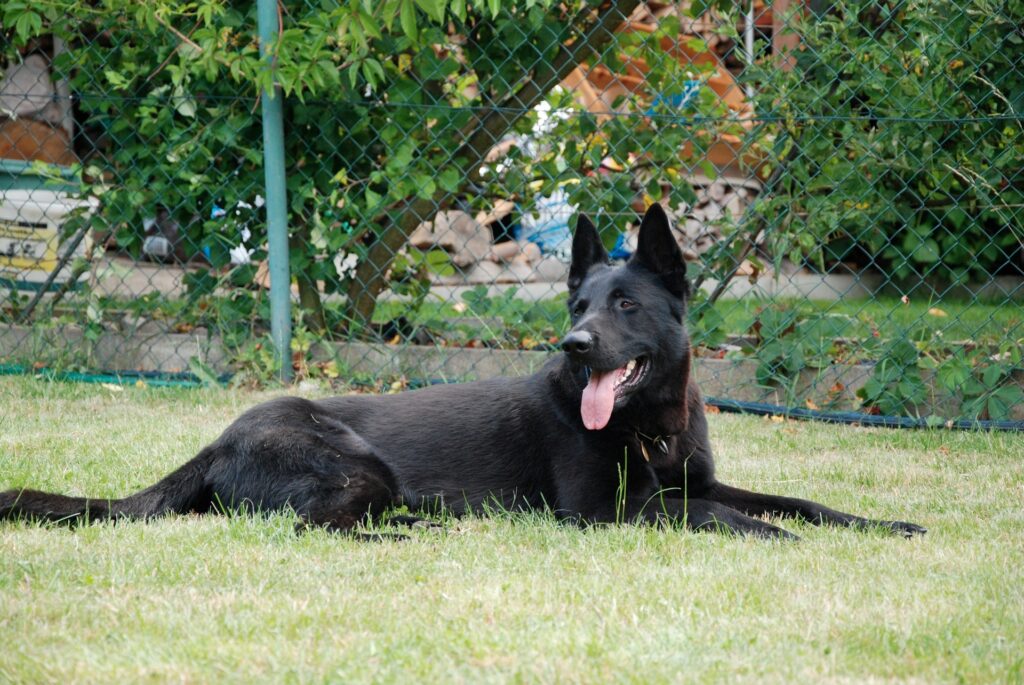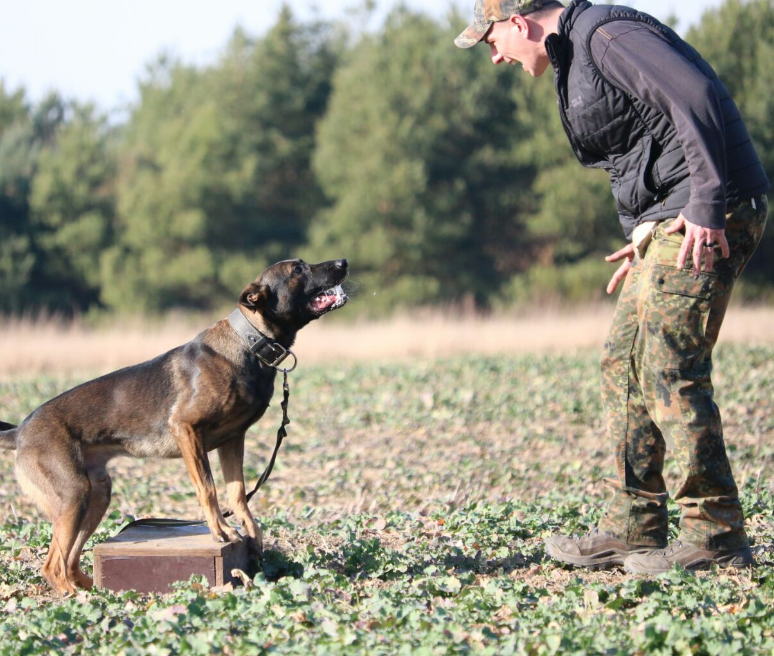
For many dog owners, leaving their furry friend alone can be a source of worry and guilt. Whether it’s for a few hours or the entire workday,
the thought of their beloved companion experiencing distress in their absence weighs heavily on their minds. This common phenomenon, known as separation anxiety, can manifest in various ways and significantly impact both the dog’s well-being and the owner’s peace of mind. In this blog post,
we’ll explore the causes, signs, and strategies for addressing separation anxiety in dogs, empowering owners to support their pets through this challenging experience.
Understanding Separation Anxiety
Separation anxiety is a condition characterized by excessive distress or agitation when a dog is separated from their owner or left alone. It can manifest in behaviors such as incessant barking,
destructive chewing, pacing, urinating or defecating indoors, and attempts to escape. While some level of distress when left alone is normal for dogs,
separation anxiety goes beyond typical behaviors and indicates a deeper emotional issue.
Causes of Separation Anxiety
Several factors can contribute to the development of separation anxiety in dogs, including:
- Past Trauma or Change: Dogs that have experienced traumatic events or significant life changes,
such as being surrendered to a shelter or rehomed multiple times,
may be more prone to separation anxiety. - Lack of Socialization: Dogs that have not been adequately socialized or have had limited exposure to being alone may struggle with separation anxiety.
- Over-Attachment: Dogs that form an overly dependent bond with their owners and lack confidence or independence may experience heightened anxiety when left alone.
- Changes in Routine: Sudden changes in routine, such as a shift in the owner’s schedule or a move to a new home, can trigger separation anxiety in sensitive dogs.
- Genetic Predisposition: Certain breeds are more susceptible to separation anxiety,
although any dog can develop it regardless of breed or age.
Signs of Separation Anxiety
Recognizing the signs of separation anxiety is crucial for addressing the issue effectively. Common signs include:
- Excessive Vocalization: Persistent barking, whining, or howling when left alone.
- Destructive Behavior: Chewing, scratching, or destroying furniture, doors, or belongings in an attempt to escape or alleviate anxiety.
- Pacing or Restlessness: Continuous movement around the house, often accompanied by panting or drooling.
- House Soiling: Urinating or defecating indoors,
even if the dog is otherwise house-trained. - Escape Attempts: Digging, scratching, or attempting to break out of crates, doors, or windows.
Strategies for Managing Separation Anxiety
While addressing separation anxiety in dogs can be challenging, it’s not insurmountable. Implementing a combination of behavioral modification techniques, environmental management, and,
in some cases, professional intervention can help alleviate symptoms and improve the dog’s well-being:
- Gradual Desensitization: Gradually acclimate the dog to being alone by starting with short periods of separation and gradually increasing the duration over time. This process, known as desensitization, helps the dog build confidence and tolerance to being alone.
- Create a Safe Space: Provide a comfortable and secure area, such as a crate or designated room, where the dog feels safe and can retreat when left alone.
- Establish a Routine: Stick to a consistent daily routine that includes regular feeding times, exercise, and scheduled alone time to provide structure and predictability for the dog.
- Provide Mental Stimulation: Keep the dog mentally stimulated and engaged with interactive toys, puzzles, or food-dispensing toys to alleviate boredom and anxiety.
- Seek Professional Help: In severe cases of separation anxiety,
consulting with a professional dog trainer or behaviorist can provide tailored guidance and support for addressing the underlying issues.
Conclusion
Separation anxiety can be a distressing experience for both dogs and their owners, but with patience, understanding, and proactive intervention,
it can be managed effectively. By identifying the causes,
recognizing the signs, and implementing strategies to address separation anxiety, dog owners can support their furry companions in overcoming this challenging condition and fostering a healthier, happier bond. Remember,
you’re not alone in tackling separation anxiety—reach out to professionals or support groups for guidance and assistance along the way.


